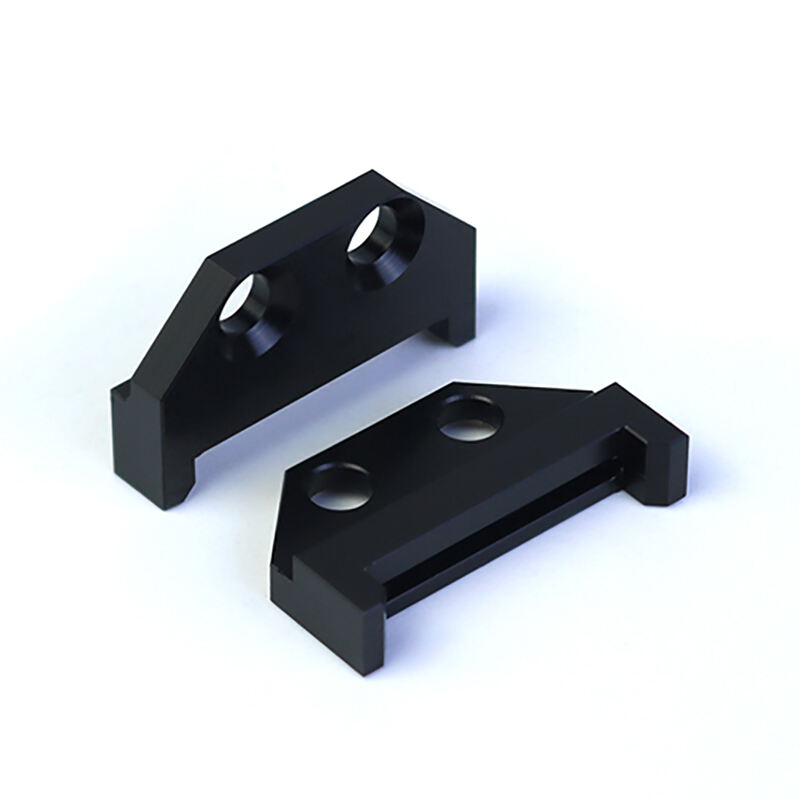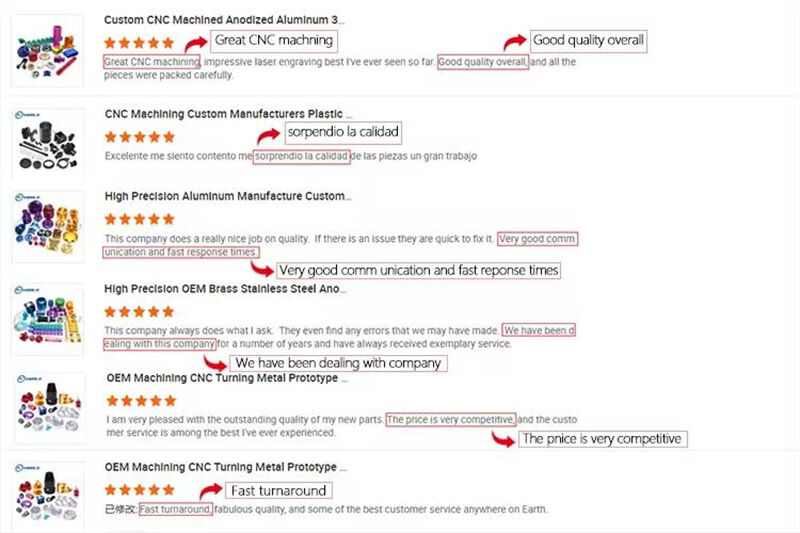Building 49, Fumin Industrial Park, Pinghu Village, Longgang District
Sunday Closed
Precision Machining Parts
Type:Broaching, DRILLING, Etching / Chemical Machining, Laser Machining, Milling, Other Machining Services, Turning, Wire EDM, Rapid Prototyping
Model Number:OEM
Keyword:CNC Machining Services
Material: stainless steel aluminum alloy brass metal plastic
Processing method :CNC Turning
Delivery time:7-15 days
Quality:High End Quality
Certification:ISO9001:2015/ISO13485:2016
MOQ:1Pieces
Ever wondered how your smartphone fits together so seamlessly, or how medical implants achieve life-saving precision? The answer often lies in the unassuming world of Small CNC Parts.These miniature marvels, crafted with incredible accuracy, are the unsung heroes inside countless devices and machines we rely on daily. Forget clunky, oversized components – today’s innovation thrives on miniaturization and precision.Let's dive into what makes small CNC machining tick, why it's exploding in demand, and how it could revolutionize your next project.

Think of them as the intricate, high-precision components often smaller than your fingertip. Small CNC (Computer Numerical Control) machining is a process where computer-guided machines meticulously remove material from a block (metal, plastic, composite) to create these complex little parts . Think screws finer than a watch gear, connectors for cutting-edge electronics, or delicate components for surgical robots.
Small CNC parts aren't niche; they’re foundational across major industries:
• Aerospace & Defense: Weight is critical. Small CNC parts deliver strength without bulk for turbine blades, lightweight structural components, and avionics . Think control surface mechanisms or sensor housings.
• Medical & Life Sciences: Precision is literally life-or-death. Surgical instruments, implants (including patient-specific ones!), and diagnostic equipment rely on biocompatible, flawlessly machined small parts . A mis-machined implant isn't an option.
• Electronics & Telecommunications: Your gadgets are packed with them! Circuit board components (think intricate heat sinks), connectors, phone casings, and fiber-optic parts are all born from small CNC machining . The trend towards smaller, more powerful devices only increases this demand.
• Automotive: From high-performance engine sensors and fuel injector components to custom fasteners and intricate transmission parts, small CNC enables both innovation and reliability .
• Consumer Goods & Beyond: Even jewelry makers and prototyping labs leverage small CNC mills for intricate designs and rapid iteration . From custom watch gears to bespoke drone components, the applications are vast.
Gone are the days when CNC meant only massive production runs. Small Batch CNC Machining (typically 10 to 1,000 parts) is booming , and for good reason:
• Bridge the Gap: Perfect for prototypes, bridging the gap between initial design and full-scale production. Test form, fit, and function affordably .
• Cost-Effective Innovation: Drastically reduces upfront costs compared to mass production tooling. Ideal for startups, R&D, and custom orders .
• Agility & Customization: Need a tweak? Small batches allow for rapid design iterations and customization without massive retooling costs . Crucial for products with short life cycles.
• Reduced Risk: Test the market with smaller quantities before committing to huge production volumes.
• Accessibility: Opens high-quality manufacturing to smaller companies and innovators.
Not all materials behave well when machined small. Here’s a quick comparison of popular choices:
• Aluminum:Lightweight, good strength, easy to machine, good thermal conductivity Aerospace frames, electronics housings, automotive parts Excellent machinability, cost-effective.
• Stainless Steel:High strength, excellent corrosion resistance, durable Surgical instruments, implants, food processing parts, marine components Tougher to machine, requires robust tools.
• Titanium:Exceptional strength-to-weight ratio, biocompatible, corrosion resistant Aerospace engines, high-performance automotive, medical implants Challenging machining, specialized tooling needed.
• Brass:Good machinability, corrosion resistant, good electrical conductivity Electrical connectors, fittings, decorative components, low-friction gears Very easy to machine, good finish.
• Copper:Excellent electrical/thermal conductivity Electrical components, heat exchangers, RF shielding Can be gummy; sharp tools essential.
• Engineering Plastics (PEEK, Nylon, Acrylic): Lightweight, corrosion resistant, insulating, various strengths Insulators, wear components, prototypes, transparent parts Varies; some melt easily, need careful feeds/speeds.
Creating these miniature masterpieces isn't simple. Here’s a peek into the typical small CNC machining workflow :
• Design & CAD Mastery: It all starts with a detailed 3D model created in CAD software (like Fusion 360, SolidWorks). Every micron counts in the design phase .
• CAM Programming Wizardry: The CAD model is translated into machine instructions (G-code) using CAM software. This tells the machine exactly how to move, cut, drill, and turn to create the part. Toolpath optimization is critical for tiny features .
• Material Selection & Prep: Choosing the right stock and cutting it to size for the machine .
• Machine Setup & Tooling: This is where expertise shines. Selecting the right miniature cutting tools (diamond-coated end mills anyone?), securing the tiny workpiece firmly (specialized vacuum chucks or custom fixtures are common), loading the program, and calibrating everything perfectly .
• he Precision Cut: The CNC machine executes the program with high-speed spindles and minute movements. Constant monitoring is needed .
• Relentless Quality Control: Every single part is meticulously inspected using advanced metrology like Coordinate Measuring Machines (CMMs), optical comparators, or laser scanners to ensure it meets those razor-thin tolerances .



Q:How fast can I receive a CNC prototype?
A:Lead times vary depending on part complexity, material availability, and finishing requirements, but generally:
• Simple prototypes: 1–3 business days
• Complex or multi-part projects: 5–10 business days
Expedited service is often available.
Q:What design files do I need to provide?
A:To get started, you should submit:
• 3D CAD files (preferably in STEP, IGES, or STL format)
• 2D drawings (PDF or DWG) if specific tolerances, threads, or surface finishes are required
Q:Can you handle tight tolerances?
A:Yes. CNC machining is ideal for achieving tight tolerances, typically within:
• ±0.005" (±0.127 mm) standard
• Tighter tolerances available upon request (e.g., ±0.001" or better)
Q:Is CNC prototyping suitable for functional testing?
A:Yes. CNC prototypes are made from real engineering-grade materials, making them ideal for functional testing, fit checks, and mechanical evaluations.
Q:Do you offer low-volume production in addition to prototypes?
A:Yes. Many CNC services provide bridge production or low-volume manufacturing, ideal for quantities from 1 to several hundred units.
Q:Is my design confidential?
A:Yes. Reputable CNC prototype services always sign Non-Disclosure Agreements (NDAs) and treat your files and intellectual property with full confidentiality.
Copyright © Shenzhen Perfect Precision Products Co., Ltd. All Rights Reserved — Privacy Policy — Blog